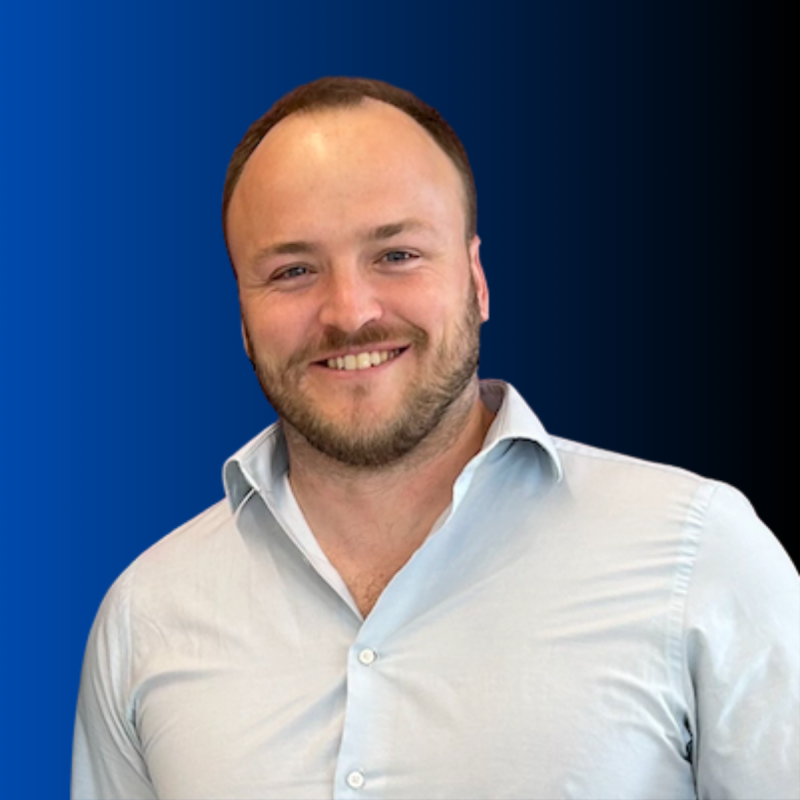In 1979, Hounsfield and Cormack won the Nobel prize in Medicine for the invention of the CT scanner. In the four decades since, medical imaging has undergone a revolution. Whether it’s functional MRI or molecular level imaging, radiology is at the forefront of medical innovation.
Today, its role in the patient journey is more important than ever as healthcare systems around the world struggle with the lasting effects of the pandemic. Challenging backlogs, late disease presentation and growing waiting lists together with an exhausted healthcare workforce are some of the challenges faced by healthcare providers globally.
Within radiology, workforce challenges are particularly severe as the workforce has not grown in line with the significant increased demand for medical imaging. Medical advances have meant that there has been a rapid increase in the number and complexity of scans but not enough radiographers to perform the scans or radiologists to report them.
This leads to real-world consequences for patients for whom delays in imaging can have catastrophic consequences. Days, hours, and minutes matter hugely when it comes to diagnosis. Delays in diagnosis prevent early treatment and lead to poorer outcomes. A study published in late 2020 found that “A four-week delay in treatment is associated with an increase in mortality across all common forms of cancer treatment, with long delays being increasingly detrimental” (Hanna et al., 2020)
Radiology in crisis
Healthcare systems simply cannot function without radiology. There are over 3.6bn radiology exams globally each year, including 43 million in the UK alone. Nearly every medical department relies on radiology to provide diagnoses, and without a diagnosis, there is no treatment The bottlenecks in radiology have been exacerbated by the COVID-19 pandemic as waiting lists have hit record highs. There are now 200,000 patients waiting more than six weeks for a scan, a tenfold increase over the pandemic.
The demand for medical imaging has steadily increased over the last decade due to the increased prevalence of chronic health conditions, ageing populations, changes to the way that modern medicine is practiced and the increased focus on improving population health. This is a problem faced throughout the world, in both high and low middle income countries.
Within the UK, the most recent census report from the Royal College of Radiologists showed that more than half (58%) of radiology leaders say they do not have enough diagnostic and interventional radiologists to keep patients safe, and that the number one concern for doctors is staff shortages leading to delayed diagnoses[i]. The RCR census report also showed that 97% of clinical directors were concerned about the backlogs and delays that patients were experiencing, and 81% cited worries about patient safety[ii].
Attempts to increase the consultant radiologist workforce are underway, but improvements are not currently keeping up with demand. Last year the UK performed approximately 70 scans per minute, but radiologist shortages mean that delays on reporting those are increasing. The Royal College of Radiologists estimates that radiologist shortfalls range from 24-38% across the UK, and predicts that the shortfall could rise to 44% by 2025.
Similar problems are seen in the Americas, across Europe and in Asia. There are also intra-country variations, with radiologist workforce shortages particularly pronounced in rural areas despite concerted efforts at radiologist recruitment. So, with recruitment efforts for new consultant radiologists stalling, how can healthcare systems cope with soaring demand?
Radiology technology – what does it mean?
For too long, decision-makers have valued equipment more than the people, focusing primarily on increasing the number of scanners. This is of course important, but investing in scanners without investing in the workforce will not address the bottlenecks that exist in imaging. There is a global shortage of both radiographers and radiologists. Without radiographers, scans cannot be performed and without radiologists, scans cannot be interpreted.
For years, healthcare systems have relied on outsourcing some of their scan reporting to teleradiology providers to boost their capacity. As expected, there has been significant growth in this area over the last decade. Being able to outsource scan reporting is undoubtedly an important part of a hospital’s toolkit. However, it is just one way to address a growing problem. If we want long-term, sustainable solutions we need widescale change and innovation. By focusing on technology innovations that are designed specifically for radiology workflow, there is the potential to deliver system-wide transformations by focusing on the key causes of unnecessary diagnostic delays.
Working with strained radiology resources means that healthcare systems must focus on allocative efficiency: ensuring that the time of clinical staff is used in the most efficient way possible can massively speed up the reporting process. Happily, there are a small but growing range of radiology-focused software tools offering features including rota management, scan allocation, and intelligent supply and demand forecasting to help departments address issues before they arise.
In healthcare systems under strain, rota management can often be overlooked but it is a vital tool to improve efficiency. Within radiology, making the most effective use of precious resources such as radiographers and radiologists is key. It can mean that patients are scanned more efficiently and that the right scan gets to the right radiologist at the right time. When resources are constrained, it is vital that they are used as efficiently as possible.
Radiology rostering is highly specialized and niche but getting it right to optimize output is essential. Enterprise level rostering solutions are not always effective in a hospital. For example, organizing an anaesthetic department’s workforce will be very different to organizing the workforce of a radiology department. Nurses are rostered in different way to doctors. Asking departments and wards to use the same rostering software could mean that the key problems unique to each are not solved.
In the case of radiology, both radiologists and radiographers have different levels of specialist expertise. Not all radiologists report the same types of studies and as well as reporting scans, they perform procedures, teach and lead multi-disciplinary team meetings.
Radiographers have similar levels of complexity in terms of their profiles – some are specialised within certain modalities such as CT, MR or ultrasound whilst others can not only perform studies but also report them. Taking into account these complexities to optimize efficiency is vital but complex. But the next generation of complex tools are being designed to do this and also provide accurate business intelligence functions for radiology departments so that they can improve how they allocate scans, forecast supply and demand and monitor performance.
Another key source of diagnostic delays is old or incompatible software and admin burden. Legacy software radiology such as older RIS (Radiology Information System) and PACs (Patient archiving and communication systems) can stop NHS hospitals being able to integrate with new services and technology. A recent example of this was an NHS Foundation Trust which found that their legacy RIS was unable to support integration with a radiology provider. This meant that they not only had a significant scan reporting backlog that had built up, but that they were also unable to use traditional outsourcing solutions to help to clear that backlog. They therefore solved the problem by creating an innovative solution with a commercial partner.
A huge advantage of solutions like these is that they are cost effective to implement, and results can be seen almost immediately. Clinicians and hospital decision-makers need to be given the time, resource and autonomy to create innovative, bespoke solutions. Top down edicts do not always address the problems unique to a hospital and can sometime hinder more than help. Many healthcare workers have become suspicious of the promise of health technology, but solutions that are focused on efficiency need not add additional admin burden, and indeed should free up healthcare workers to focus on their core work.
Looking forward
Focusing on technological innovation within radiology is vital to address the current problems faced by healthcare providers. However, it is essential that these solutions address the biggest challenges, producing a true return on investment for decision-makers.
Shortage of radiology capacity is one such challenge, therefore technology that addresses this specific challenge will have a huge impact, helping healthcare systems and patients by improving the speed of diagnosis. Building sustainable systems that are able to scale will also lead to greater resiliency moving forwards.
The 1946 WHO Constitution states that ‘the highest attainable standard of health is a fundamental right of every human being.’ The pandemic has shown us that we live in a global community, problems faced in one part of the world impact those living in another. It is now more important than ever that we build sustainable healthcare systems and getting imaging right is a fundamental component of this.
Editor’s Note: Farzana is the Chief Executive Officer of Radiology clinical services delivery provider Hexarad, which is the UK’s fastest growing teleradiology start-up. Farzana has been responsible for cementing the company’s strategy and values, and led its recent £2.3m funding round. She was named as one of BioBeat’s top Female Life Science Influencers in 2021. Her writing has featured in publications such as the BMJ and Huffington Post.
Before joining Hexarad full-time in 2019, Farzana was Substantive Consultant Radiologist with a specialist interest in Oncology at University College Hospitals Trust London, one of the UK’s leading hospitals. Farzana was instrumental in designing and implementing patient safety and clinical pathways, as well as being a clinical adviser to the UCLH transformation project, advising on strategic and operational aspects of electronic health record.
[i] https://www.rcr.ac.uk/posts/new-rcr-census-shows-nhs-needs-nearly-2000-more-radiologists




